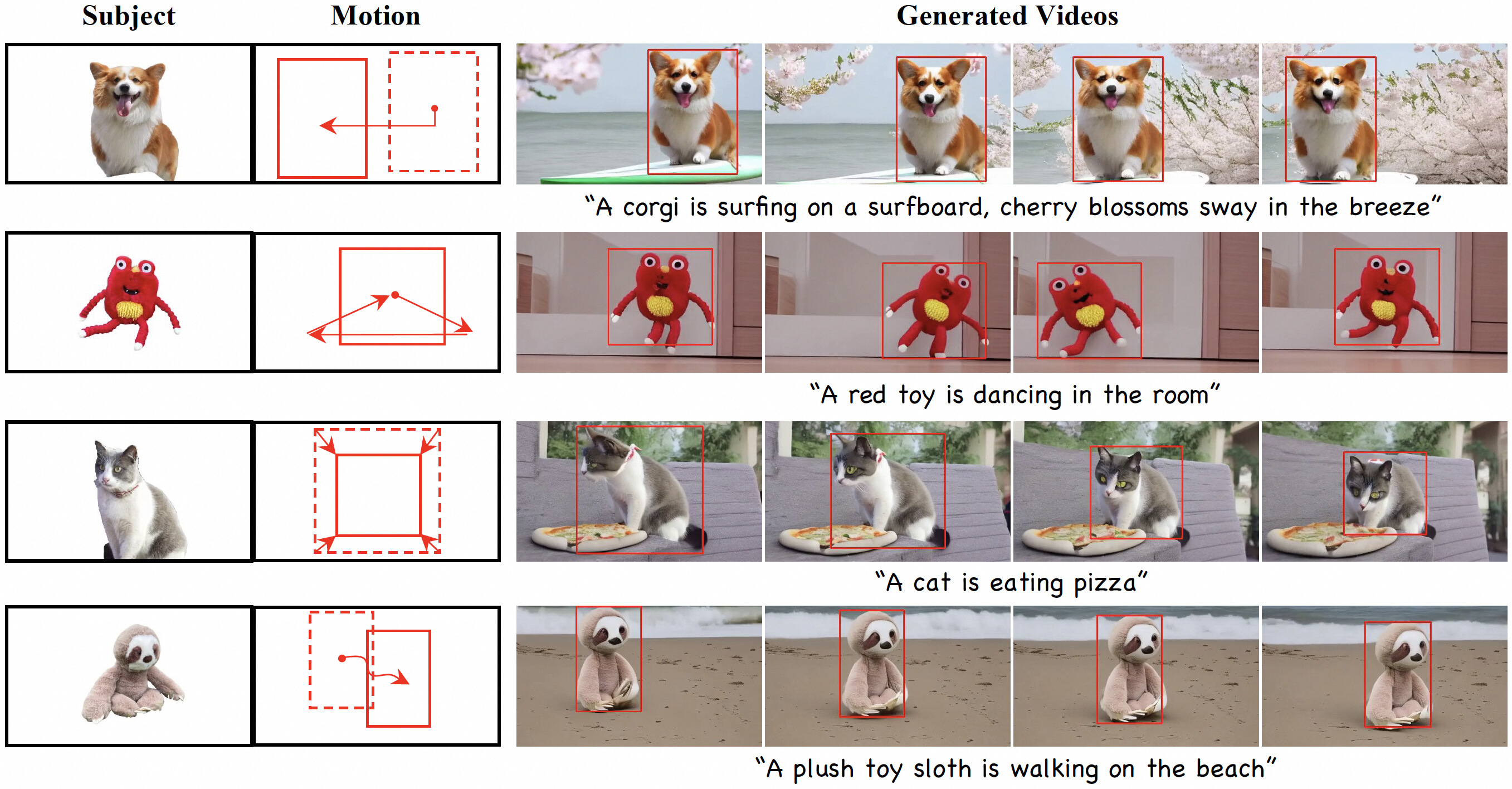
Recent advances in customized video generation have enabled users to create videos tailored to both specific subjects and motion trajectories. However, existing methods often require complicated test-time fine-tuning and struggle with balancing subject learning and motion control, limiting their real-world applications. In this paper, we present \(\textbf{DreamVideo-2}\), a zero-shot video customization framework capable of generating videos with a specific subject and motion trajectory, guided by a single image and a bounding box sequence, respectively, and without the need for test-time fine-tuning. Specifically, we introduce reference attention, which leverages the model's inherent capabilities for subject learning, and devise a mask-guided motion module to achieve precise motion control by fully utilizing the robust motion signal of box masks derived from bounding boxes. While these two components achieve their intended functions, we empirically observe that motion control tends to dominate over subject learning. To address this, we propose two key designs: \(\textbf{1)}\) the masked reference attention, which integrates a blended latent mask modeling scheme into reference attention to enhance subject representations at the desired positions, and \(\textbf{2)}\) a reweighted diffusion loss, which differentiates the contributions of regions inside and outside the bounding boxes to ensure a balance between subject and motion control. Extensive experimental results on a newly curated dataset demonstrate that DreamVideo-2 outperforms state-of-the-art methods in both subject customization and motion control. The dataset, code, and models will be made publicly available.


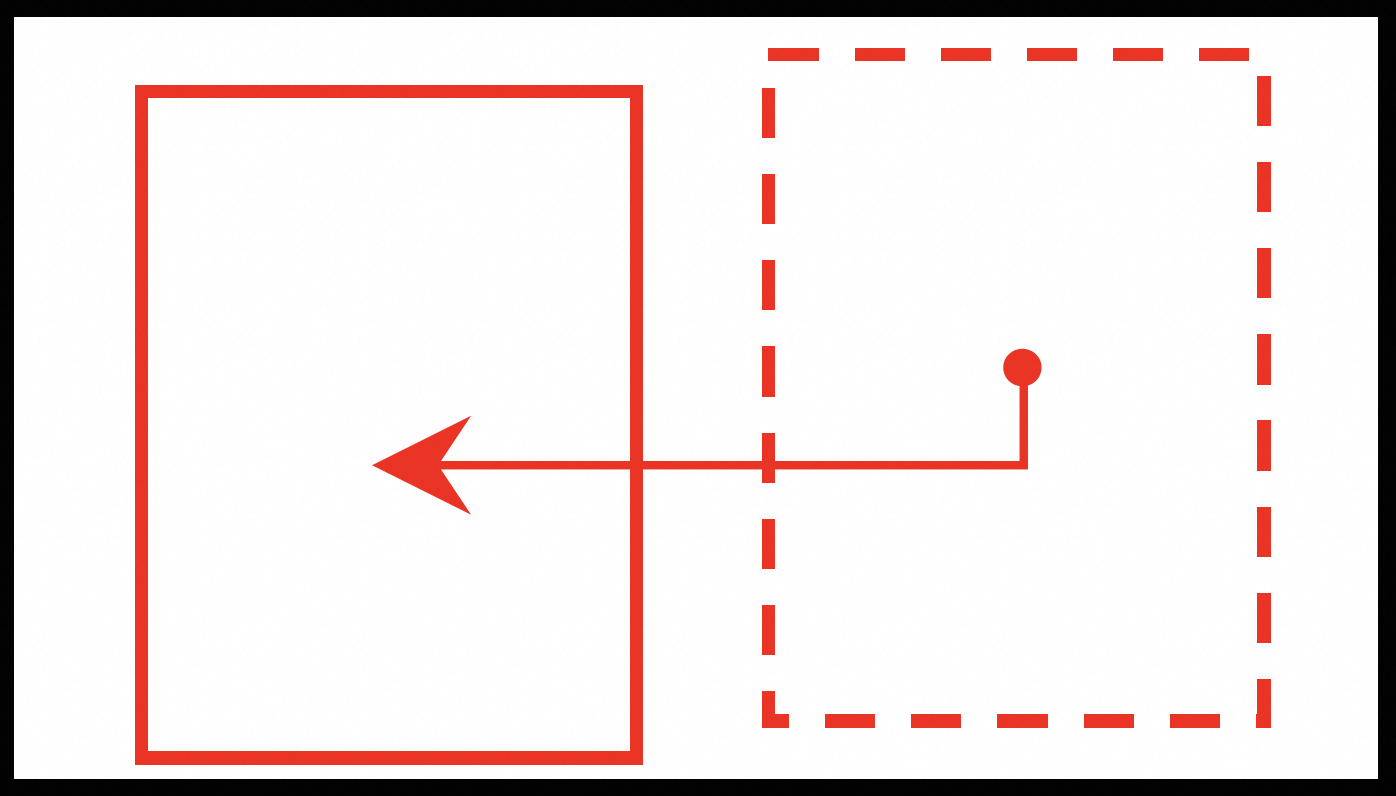
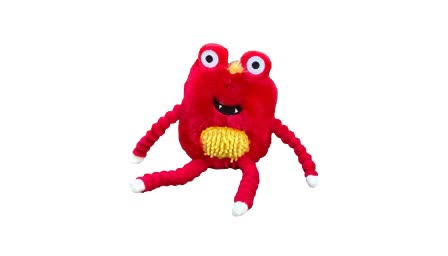

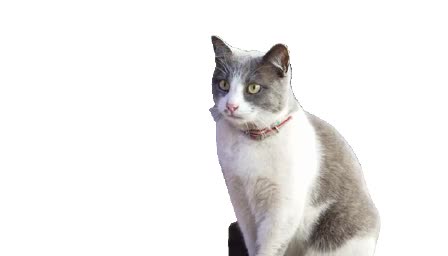





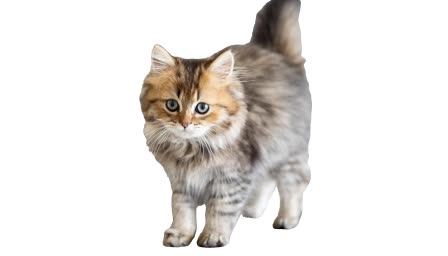
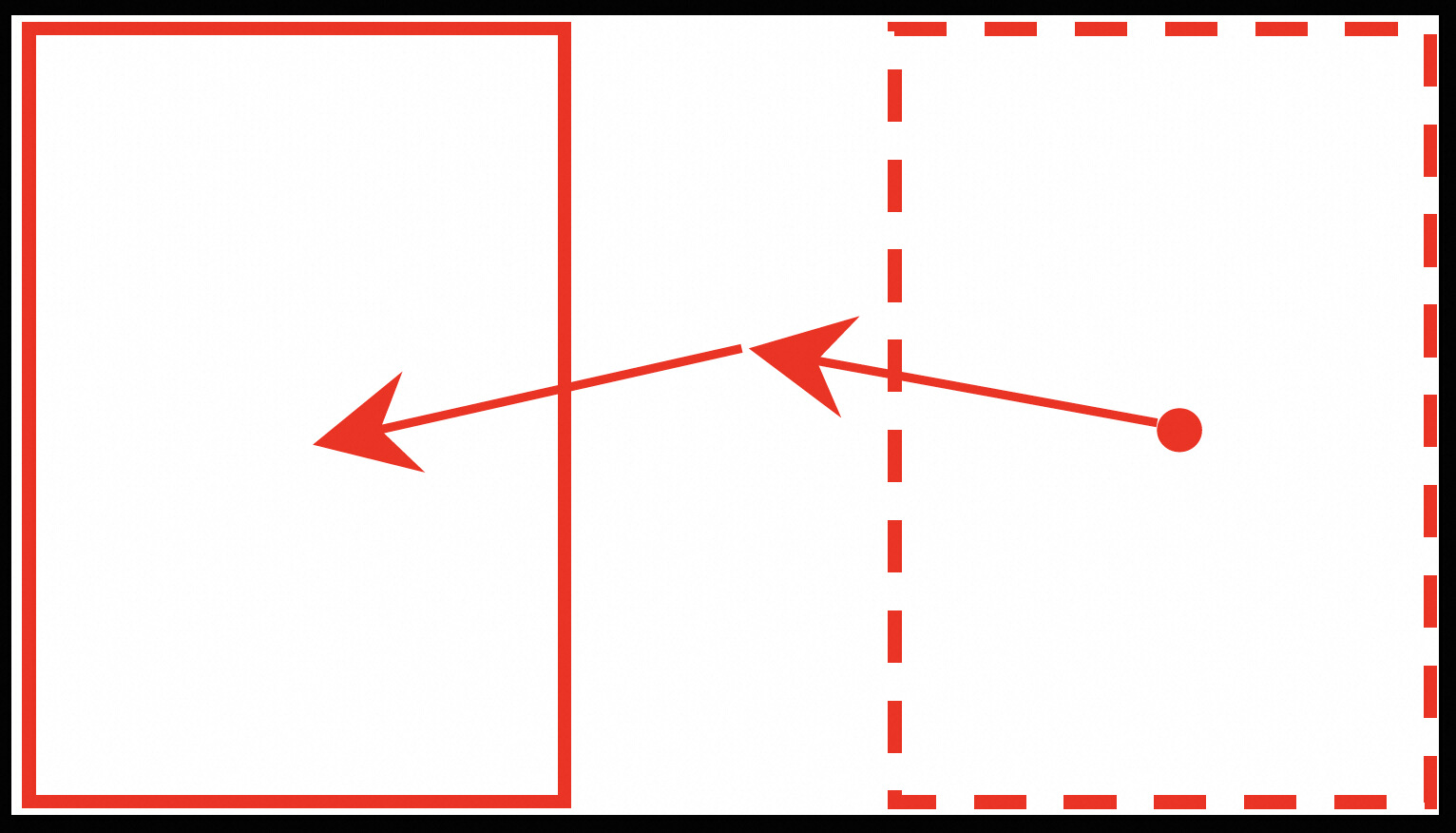

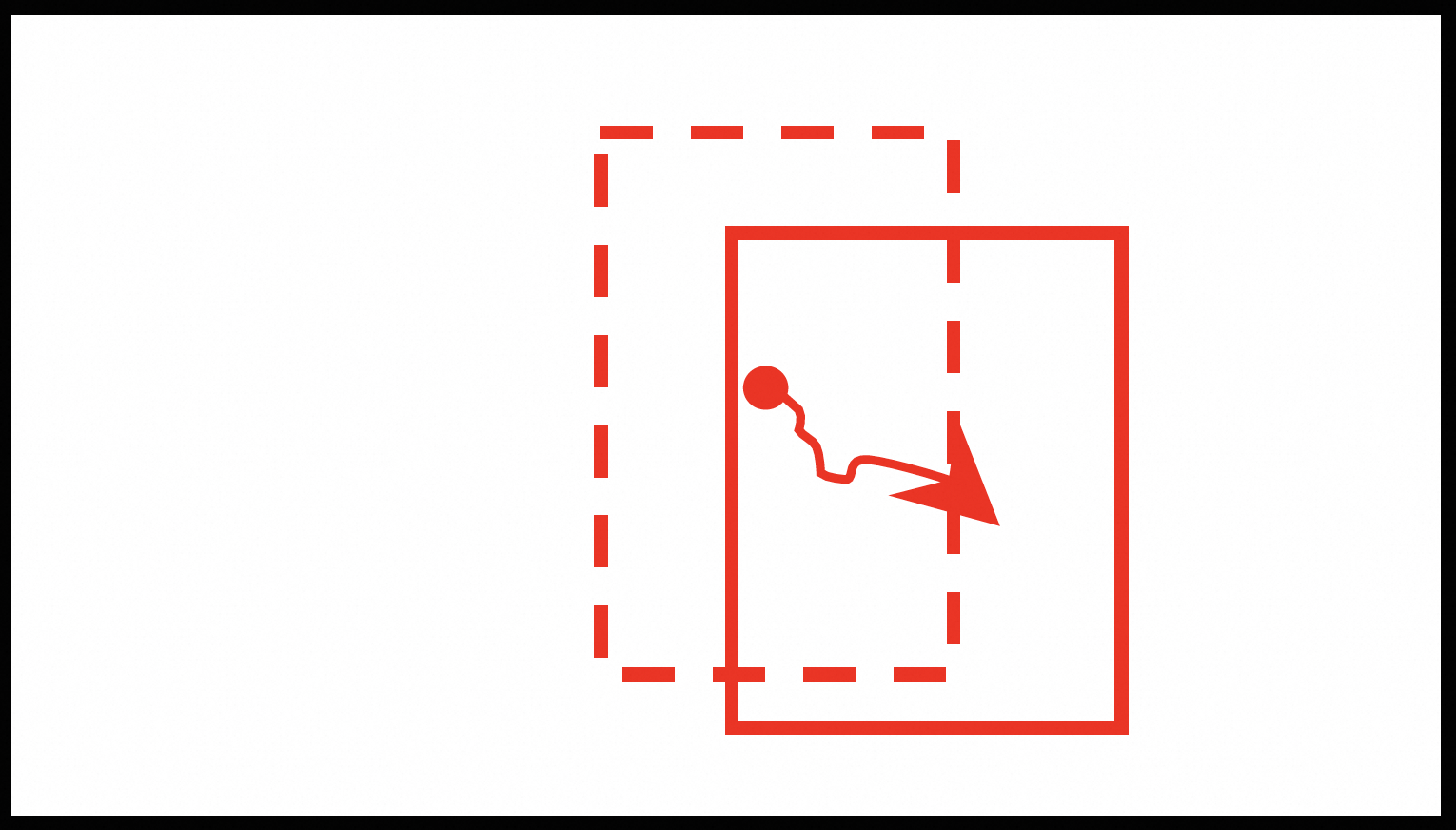

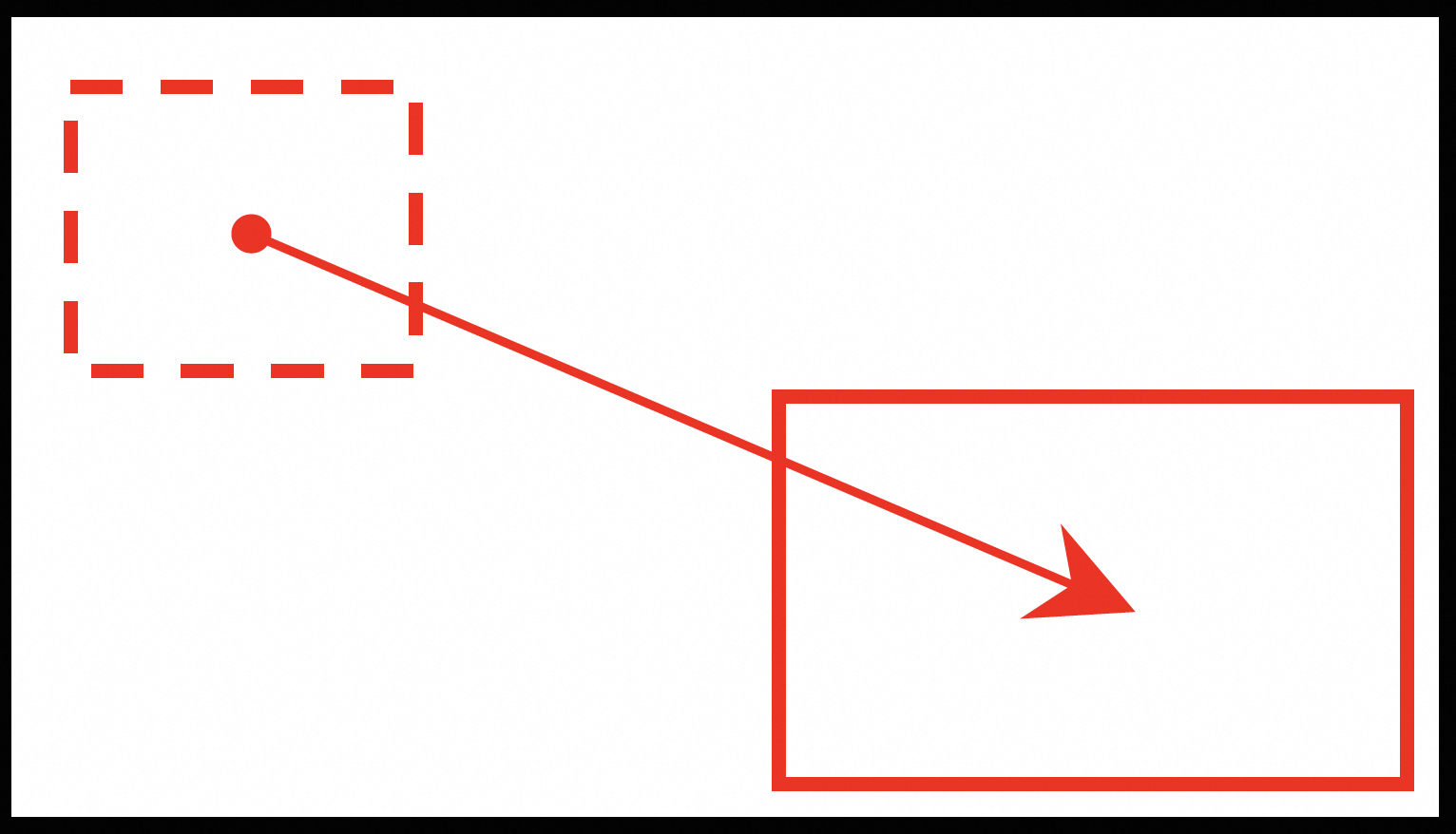

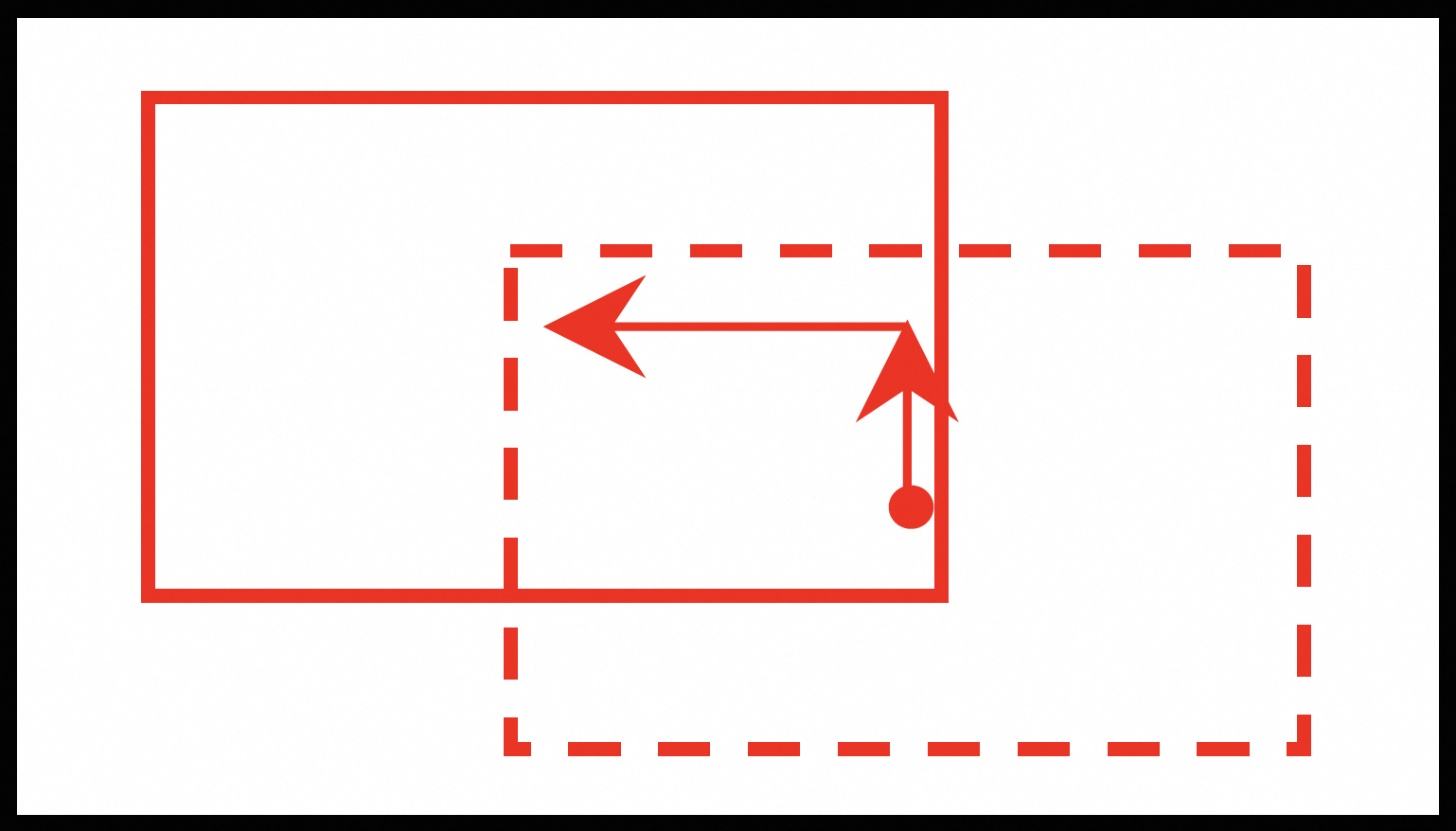


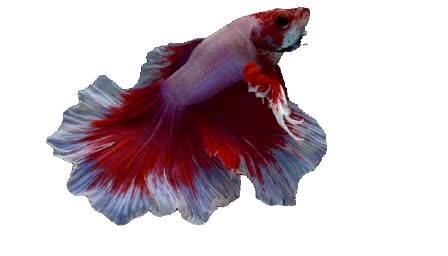


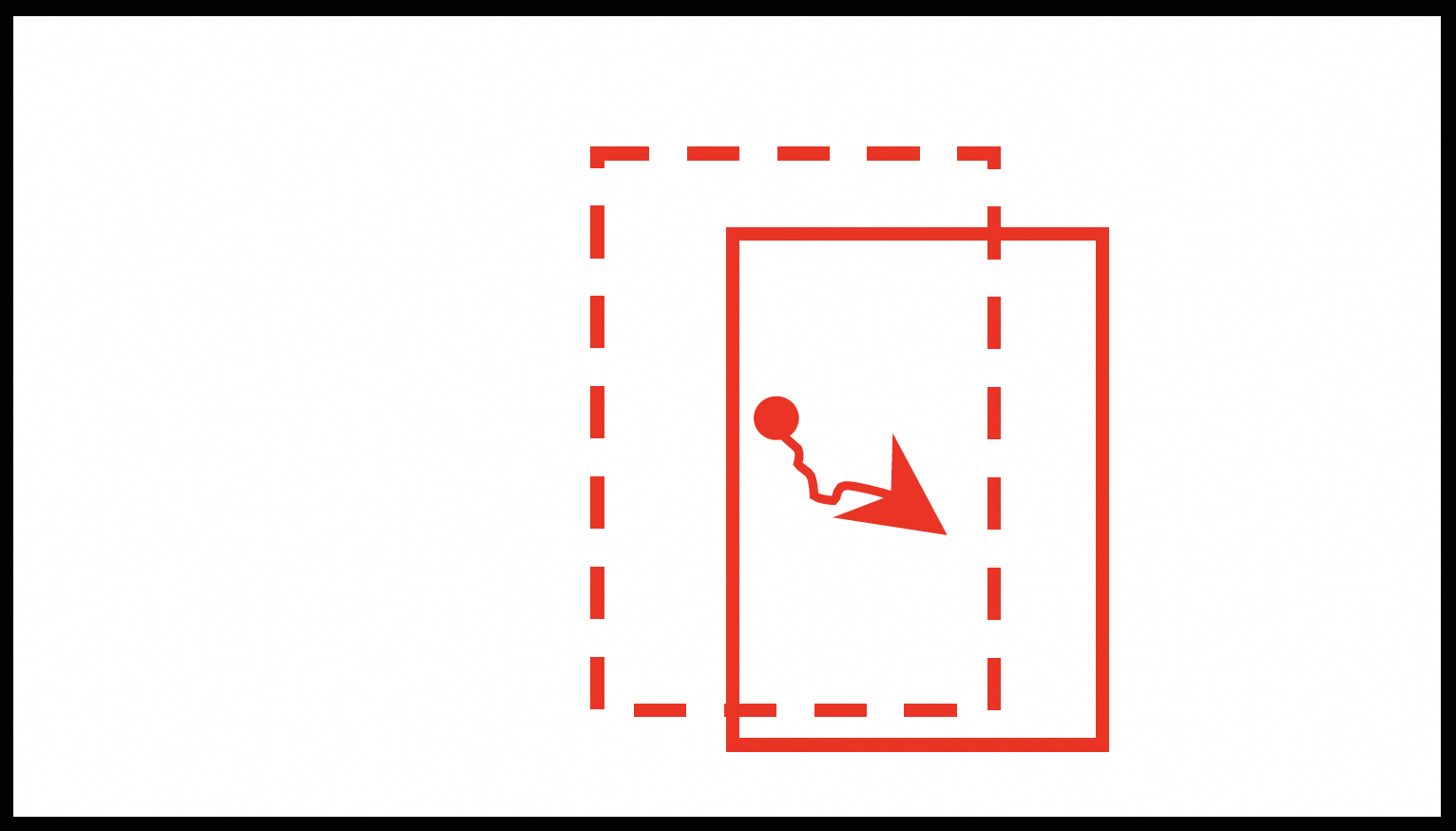
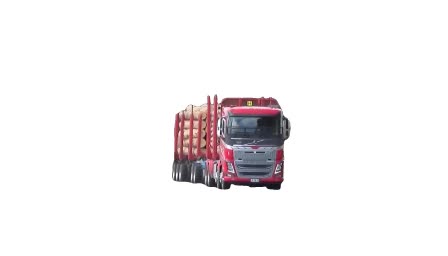
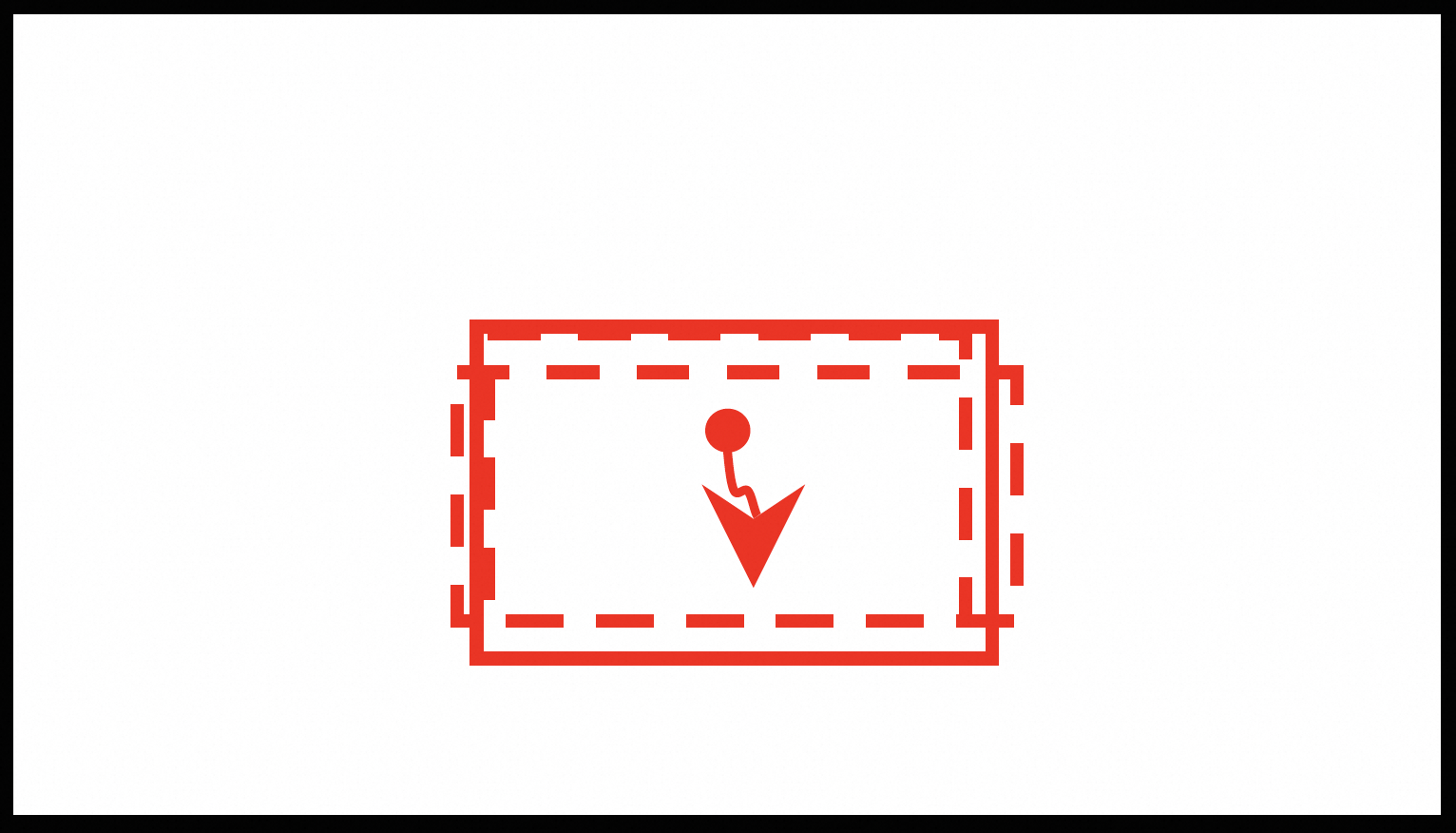
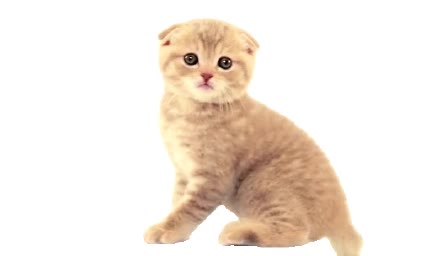


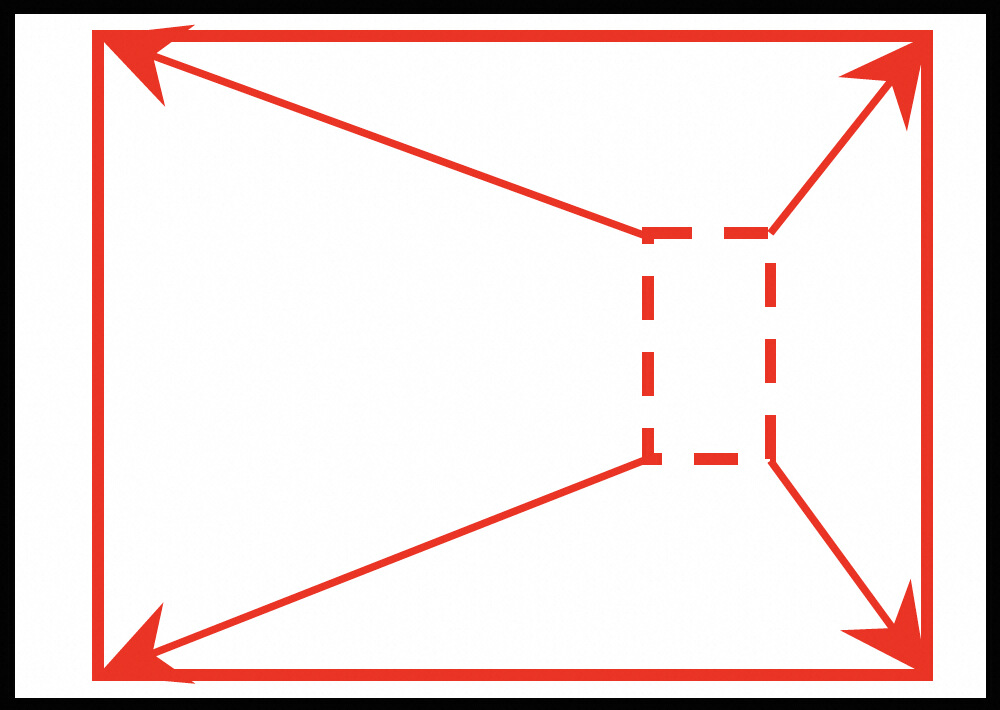

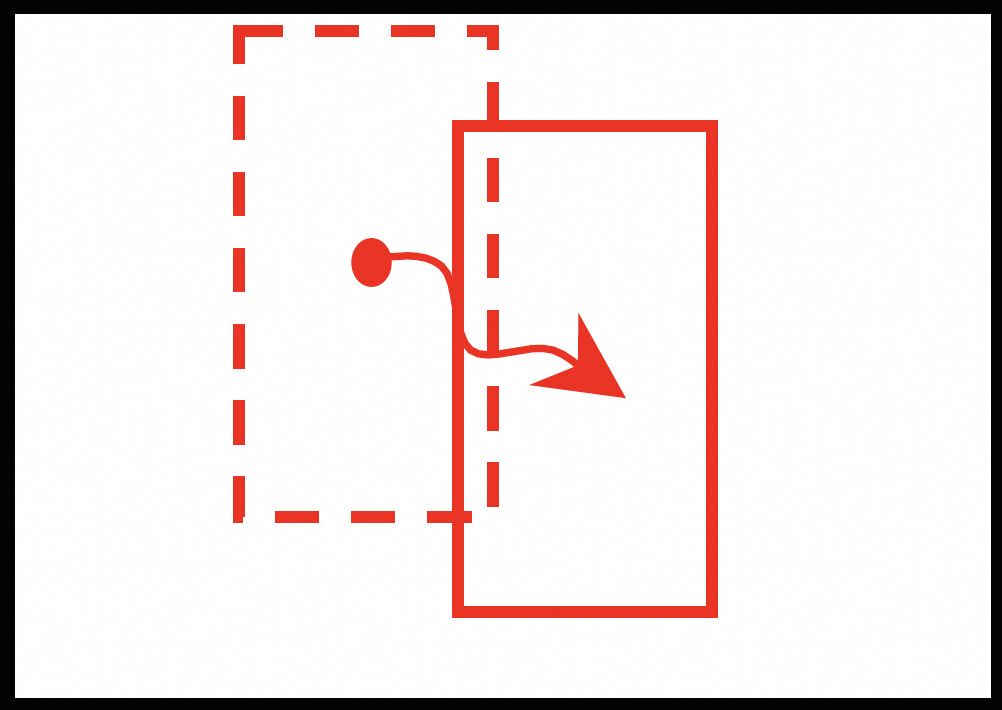
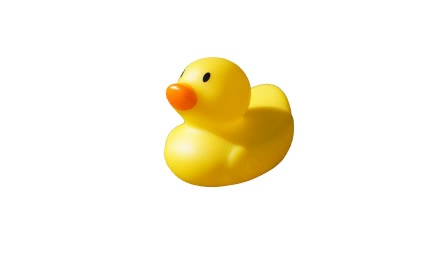

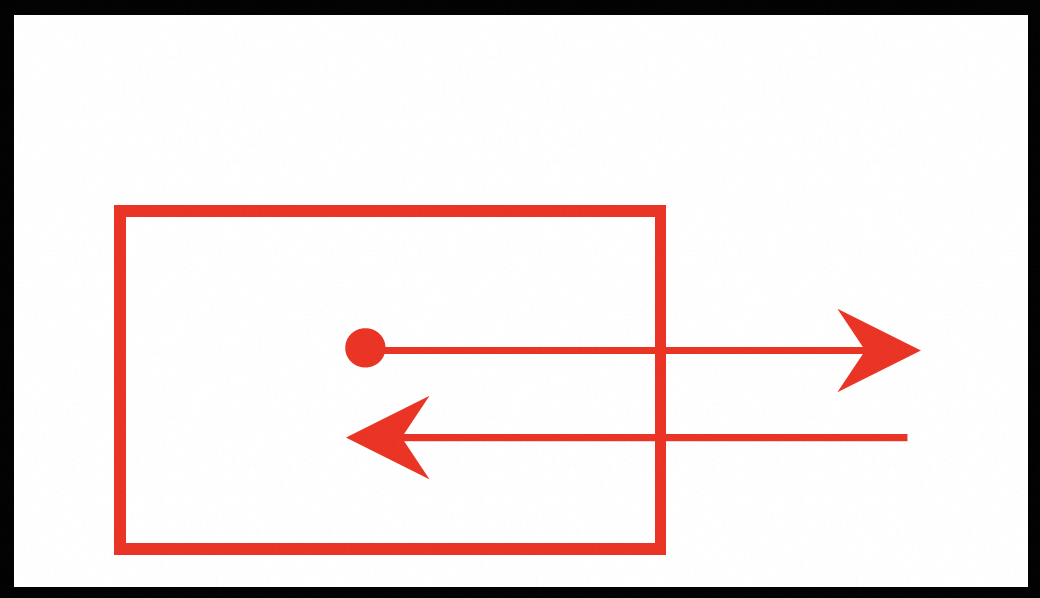

@article{wei2024DreamVideo2,
title={DreamVideo-2: Zero-Shot Subject-Driven Video Customization with Precise Motion Control},
author={Wei, Yujie and Zhang, Shiwei and Yuan, Hangjie and Wang, Xiang and Qiu, Haonan and Zhao, Rui and Feng, Yutong and Liu, Feng and Huang, Zhizhong and Ye, Jiaxin and Zhang, Yingya and Shan, Hongming},
journal={arXiv preprint arXiv:2410.13830},
year={2024}
}